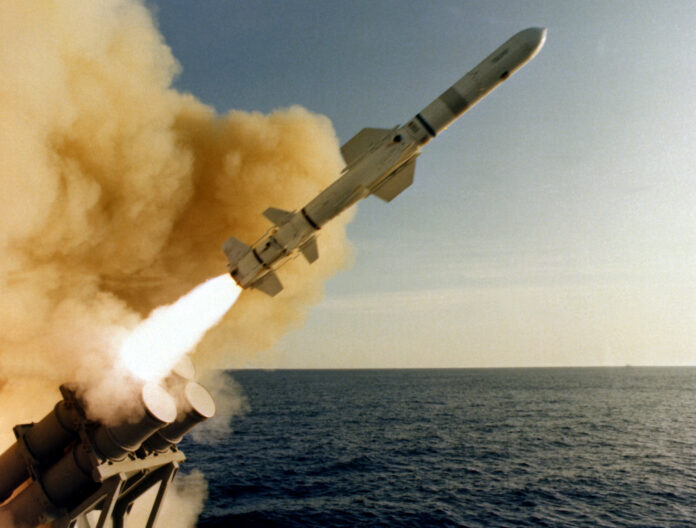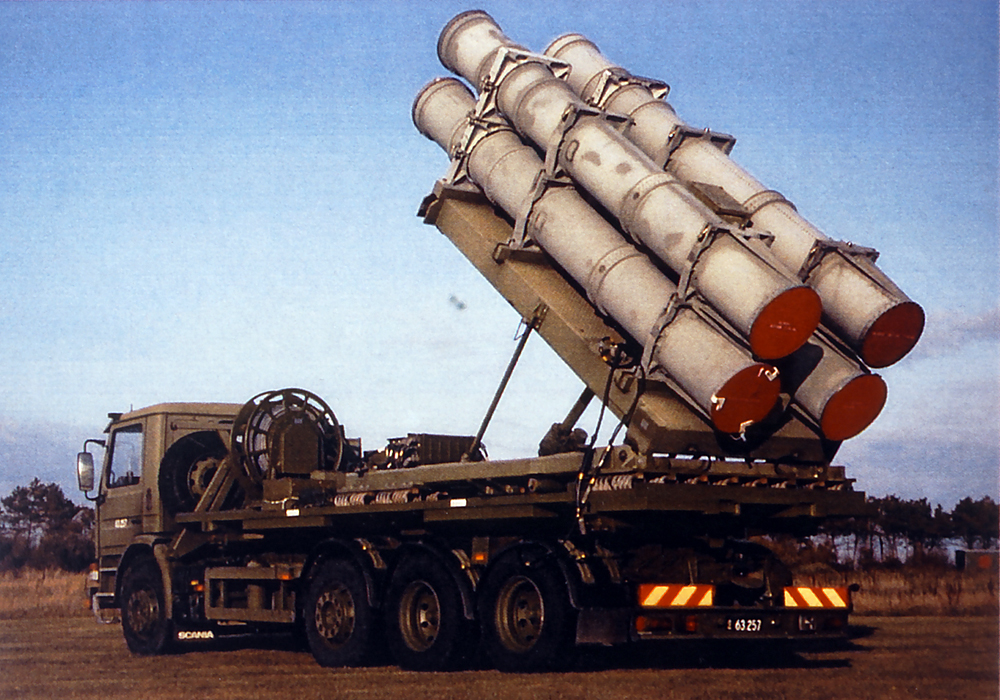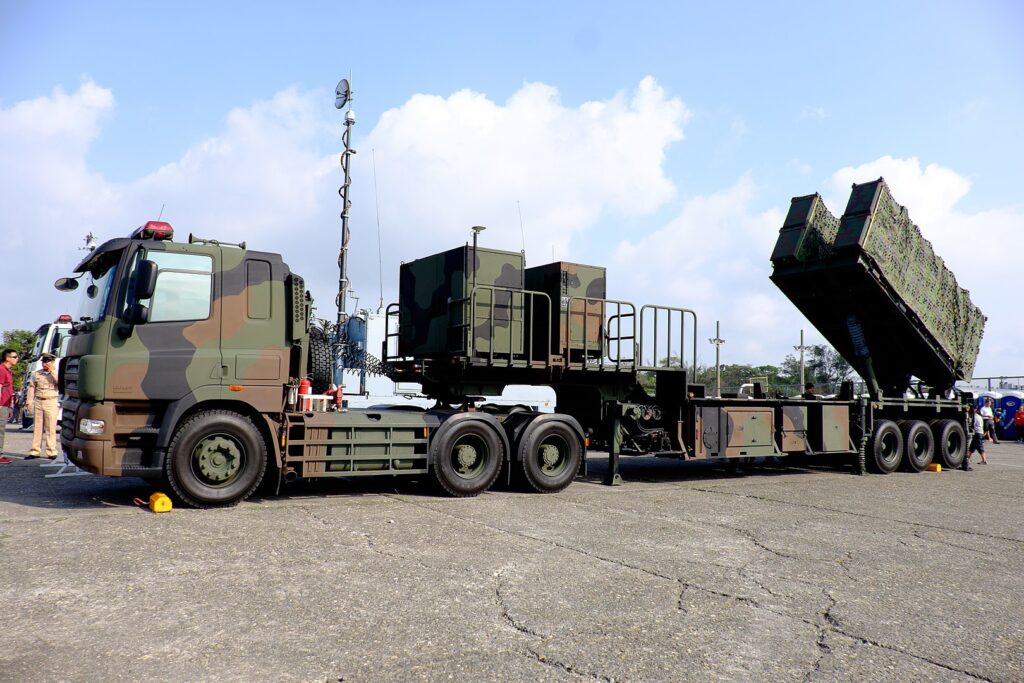
Taiwan is unlikely to take delivery of the Harpoon Coastal Defense System in 2024 after the United States informs Taiwan that Boeing can only start delivery of equipment in 2025, according to Taiwanese Up Media.
The US Defense Security Cooperation Agency (DSCA) announced on 26 October 2020 the approval of a USD2.37 billion sale to Taiwan of up to 100 Boeing Harpoon Coastal Defense Systems (HCDSs) and up to 400 RGM-84L-4 Harpoon Block II medium-range, surface-launched, anti-ship missiles along with related equipment and support.
In the beginning, the delivery of the missiles was planned for 2024. But at the end of last year, the United States informed Taiwan that due to operational issues and other related issues, the delivery of other equipment will be delayed for one year until the end of 2025, and the delivery of new missiles will be delayed. In addition, the Harpoon Coastal Defense Systems communications and other related equipment will be delayed as well.

The purchase was not part of Taiwan weapon acquisition plan for 2020
It was also pointed out that the entire purchase, from preparing draft to approval, took only three months and it was not part of the Taiwanese Navy’s weapon acquisition work plan for 2020. This lead to speculation that the sales contract to Boeing was forced on the Taiwan Navy.
Taiwan produces its own highly capable, supersonic coastal defense missiles, the Hsiung Feng III, capable of travel at more than two times the speed of sound.
The news report added that Taipei had requested to buy the RGM-84Q-4 Harpoon Block II+ ER missile but Washington only agreed to sell the RGM-84L-4 Harpoon Block II.
Hsiung Feng III
The Hsiung Feng III (HF-3 “Brave Wind III”) is a medium range supersonic missile with capabilities to destroy both land based targets and naval targets developed by the National Chung-Shan Institute of Science and Technology (NCSIST) in Taiwan.

Harpoon Block II
The Harpoon is an all-weather, over-the-horizon, anti-ship missile, developed and manufactured by McDonnell Douglas (now Boeing Defense, Space & Security).
| Hsiung Feng III | Harpoon Block II | |
| Origin | Taiwan | U.S. |
| Speed | 680-780 m/s (Supersonic) | 0.85 Mach (High subsonic), 291.55 m/s |
| Length | 5.1 m | 4.6 m |
| Mass | 3,000–3,300 lb (1,400–1,500 kg) | 1,523 lb (691 kg) with booster |
| Diameter | 0.38 m | 0.34 m |
| Payload | 225 kg, Semi-armor piercing, High Explosive, Fragmentation | 488 pounds (221 kg) |
| Propulsion | Solid-propellant booster, liquid-fueled ramjet engine | Turbojet, solid propellant |
| Range | 120-150 km | 140 km |
| Guidance | Integrated inertial guidance, Active-Radar Homing | Integrated inertial/GPS guidance, Active-Radar Homing |
| Flight altitude | 125–250 m (410–820 ft) (maximum altitude unknown) | Sea-skimming |

The delay does not meet the purpose of urgent procurement
The Taiwan Ministry of National Defense stated that the acquisition plan is based on a computer simulation analysis that if they want to neutralize 50% of the enemy’s maritime targets, they must increase the number of its anti-ship missiles. However, the current production capacity of the Chinese Academy of Sciences is insufficient, and it is urgent to purchase a Coastal Harpoon missile system .
It is pointed out that the Taiwan Navy plans to complete 100 shore-mounted Harpoon Missile System launch vehicles and 100 Harpoon Missiles in 5 years.
However, the United States has informed the Navy that due to operational and technical issues, the relevant delivery schedule will be postponed by one to two years. Such a change does not meet the previously mentioned purpose of urgent procurement.
It is understood that last year the United States also proposed to increase prices for communications and other equipment. It was pointed out that the US’s request for a price increase caused the entire case to change again and again, which made Yan Defa, Secretary of Defense, quite unhappy.
Check out Naval Library App to find out the specifications of the Naval Missiles.


